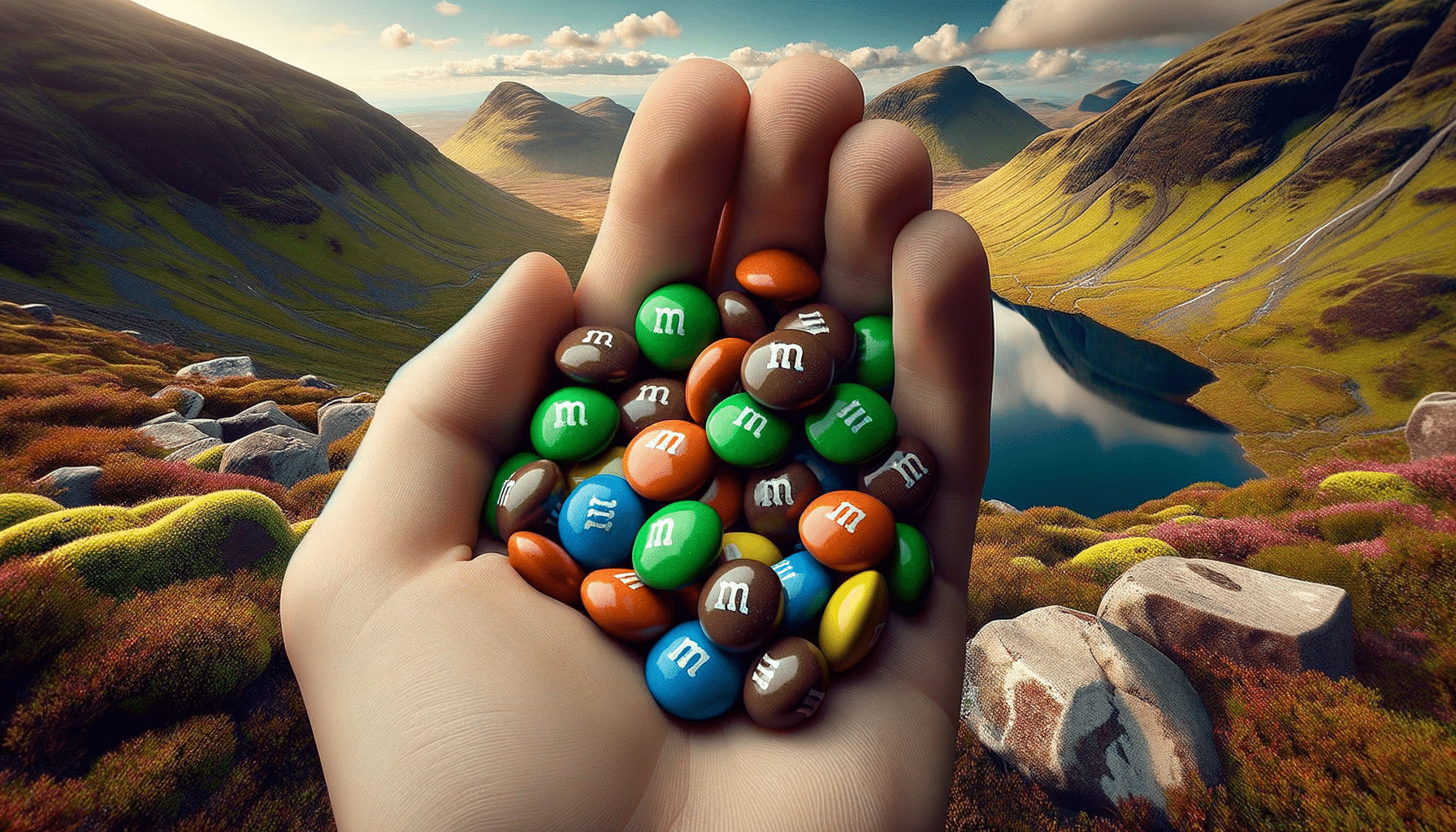In this article
Why People Crave Rice
Rice, a staple in many cultures, is often craved due to its high carbohydrate content. Carbohydrates are broken down into glucose, the primary energy source for the brain. When glucose levels drop, the body signals a craving for quick, energy-dense foods like rice. Moreover, rice’s mildly sweet taste and satisfying texture can stimulate the release of dopamine, a neurotransmitter associated with pleasure and reward, further reinforcing the craving.Rice’s neutral aroma also plays a role in its appeal. The olfactory receptors in the nose communicate with the brain to enhance the taste experience, making rice a comforting choice. Additionally, the body’s natural inclination towards energy-dense foods, combined with the cultural and emotional associations with rice, can make finding a suitable rice substitute challenging. It’s important to remember that cravings are a natural response of the body and overcoming them requires patience and persistence.
10 Healthy Alternatives to Rice
QuinoaThis grain-like seed has a similar texture to rice, but it’s packed with more protein and fiber. It’s also gluten-free and can be used in the same way as rice in many dishes.
Cauliflower Rice
Made by pulsing cauliflower florets in a food processor until they resemble rice. It’s a low-carb, low-calorie alternative that’s high in fiber and vitamins.
Brown Rice
While still a form of rice, brown rice is less processed than white rice, retaining more fiber and nutrients. It also has a lower glycemic index, which can help control blood sugar levels.
Barley
A hearty grain that can be used as a rice substitute in soups, salads, and side dishes. It’s high in fiber and can help lower cholesterol.
Farro
An ancient grain with a nutty flavor and chewy texture. It’s high in fiber, protein, and iron, making it a healthier alternative to white rice.
Bulgur Wheat
Known for its use in tabbouleh, bulgur is a quick-cooking whole grain that’s high in fiber and has a similar texture to rice.
Couscous
While technically a pasta, couscous has a rice-like texture and can be used in many of the same dishes. Whole-wheat couscous is a healthier choice, offering more fiber and nutrients.
Wild Rice
Despite its name, wild rice is actually a grass. It’s high in protein and fiber, and has a unique, nutty flavor that can add depth to a variety of dishes.
Broccoli Rice
Like cauliflower rice, broccoli rice is made by pulsing broccoli in a food processor until it resembles rice. It’s a low-carb, nutrient-dense alternative.
Spaghetti Squash
When cooked, the flesh of this squash can be shredded into strands that resemble rice or pasta. It’s a low-calorie, low-carb option that’s high in fiber and vitamins.
Want some new ideas to curb your food cravings?
Give our free tool a spin
Generate Healthy Alternatives
Is White Rice Unhealthy?
White rice often gets a bad rap due to its high glycemic index and lower nutrient content compared to its whole grain counterparts. However, it’s important to remember that in moderation and as part of a balanced diet, white rice can still be part of a healthy eating plan. The key is portion control and pairing it with plenty of vegetables and lean proteins.The Brown Rice vs White Rice Debate
Many people are under the impression that brown rice is always a healthier choice than white rice. While it’s true that brown rice retains more fiber and nutrients, it’s not necessarily superior in all cases. Some nutrients are actually more available in white rice due to the removal of the bran layer, and certain individuals may find white rice easier to digest.Can Rice Make You Gain Weight?
There’s a common misconception that eating rice will lead to weight gain. In reality, it’s not the rice itself, but the quantity consumed and what it’s paired with that can contribute to weight gain. Rice can be part of a healthy diet when eaten in moderation and combined with other nutrient-dense foods.Is Rice Gluten-Free?
Despite being a grain, rice is naturally gluten-free, making it a safe choice for those with celiac disease or gluten intolerance. However, it’s crucial to be aware of potential cross-contamination in processing or when rice is used as an ingredient in other products.Are There Healthy Alternatives to Rice?
For those looking to reduce their carbohydrate intake or seeking a rice alternative with a higher nutrient profile, there are plenty of options. Foods like quinoa, cauliflower rice, and farro can offer similar textures and flavors, while providing additional fiber, protein, and other nutrients.Join Guided Nutrition Challenges, or Start Your Own
High Protein, Eat Veggies, Time Restricted Eating, and more…
Explore Challenges














